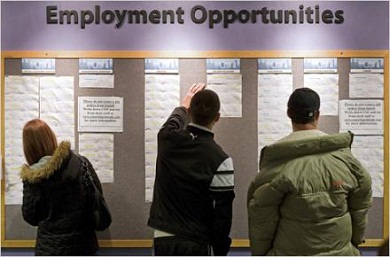In 2011, 119.6 million people, or 24.2% of the population, in the European Union were at risk of poverty or social exclusion, compared with 23.4% in 2010 and 23.5% in 2008.
This means that they were at least in one of the following three conditions: at-risk-of-poverty, severely materially deprived or living in households with very low work intensity. The reduction of the number of persons at risk of poverty or social exclusion in the EU is one of the key targets of the Europe 2020 strategy, the European Commission said today in a press release.
In 2011, the highest shares of persons being at risk of poverty or social exclusion were recorded in Bulgaria (49%), Romania and Latvia (both 40%), Lithuania (33%), Greece and Hungary (both 31%), and the lowest in the Czech Republic (15%), the Netherlands and Sweden (both 16%),Luxembourg and Austria (both 17%).
These figures are published by Eurostat, the statistical office of the European Union and are based on data from the EU-SILC survey3.
Looking at each of the three elements contributing to being at risk of poverty or social exclusion, 17% of the population in the EU in 2011 were at-risk-of-poverty after social transfers, meaning that their disposable income was below their national at-risk-of-poverty threshold. The highest at-risk-of-poverty rates were observed in Bulgaria, Romania and Spain (all 22%) and Greece (21%), and the lowest in the Czech Republic (10%), the Netherlands (11%), Austria, Denmark and Slovakia (all 13%).
“It is important to note that the at-risk-of-poverty rate is a relative measure of poverty and that the poverty threshold varies greatly between member States,” the Commission explained. The threshold varies also over time and in a number of member states it has fallen in recent years due to the economic crisis.
In the EU, 9% of the population were severely materially deprived, meaning that they had living conditions constrained by a lack of resources such as not being able to afford to pay their bills, keep their home adequately warm, or take a one week holiday away from home. The share of those severely materially deprived varied significantly among member states, ranging from 1% in Luxembourg and Sweden to 44% in Bulgaria and 31% in Latvia.
As regards the indicator on low work intensity, 10% of the population aged 0-59 in the EU lived in households where the adults worked less than 20% of their total work potential during the past year. Belgium (14%) had the largest proportion of those living in very low work intensity households, and Cyprus (5%) the lowest.






Be the first to comment on "More Europeans at risk of poverty since the economic crisis began in 2008"